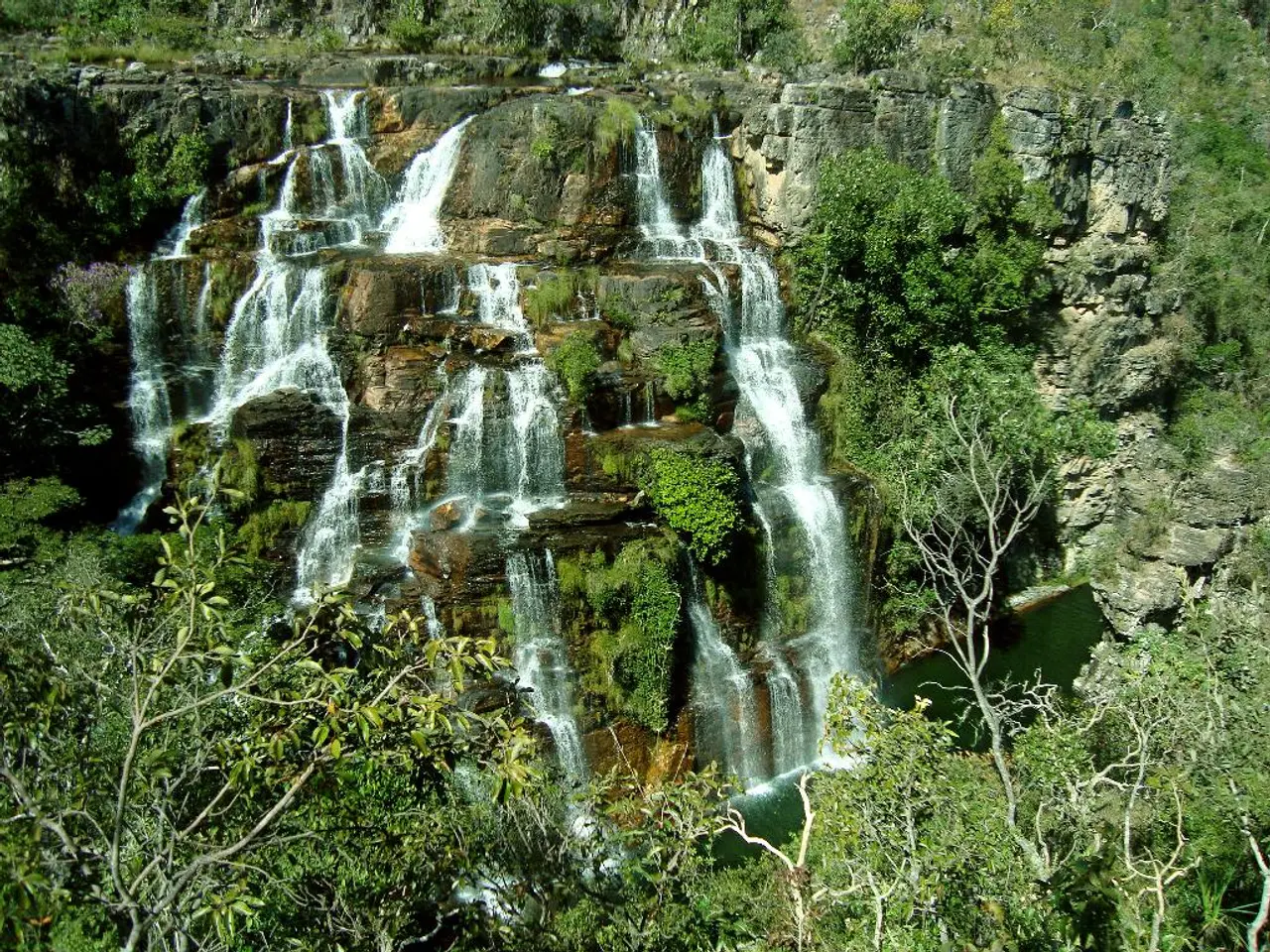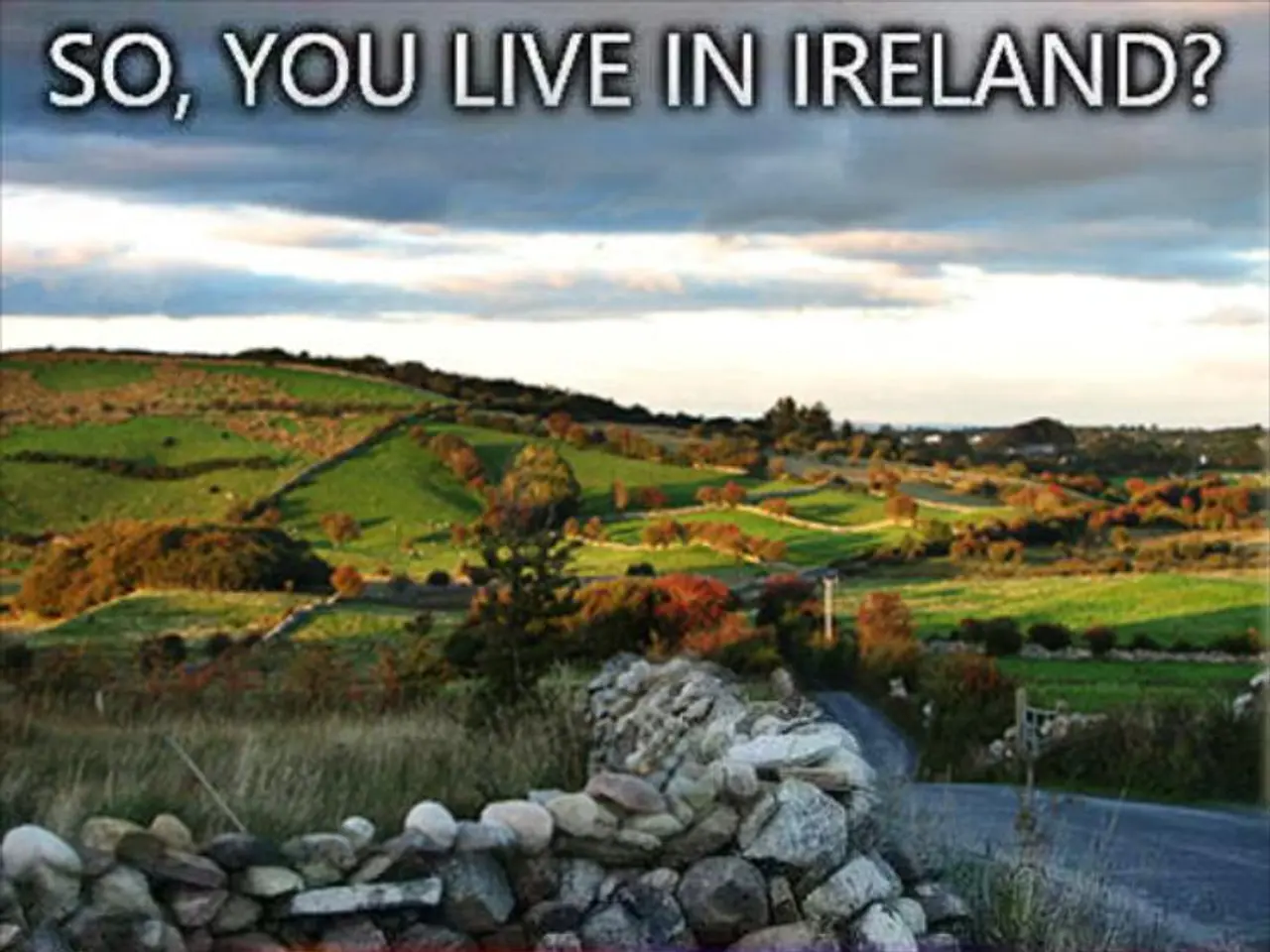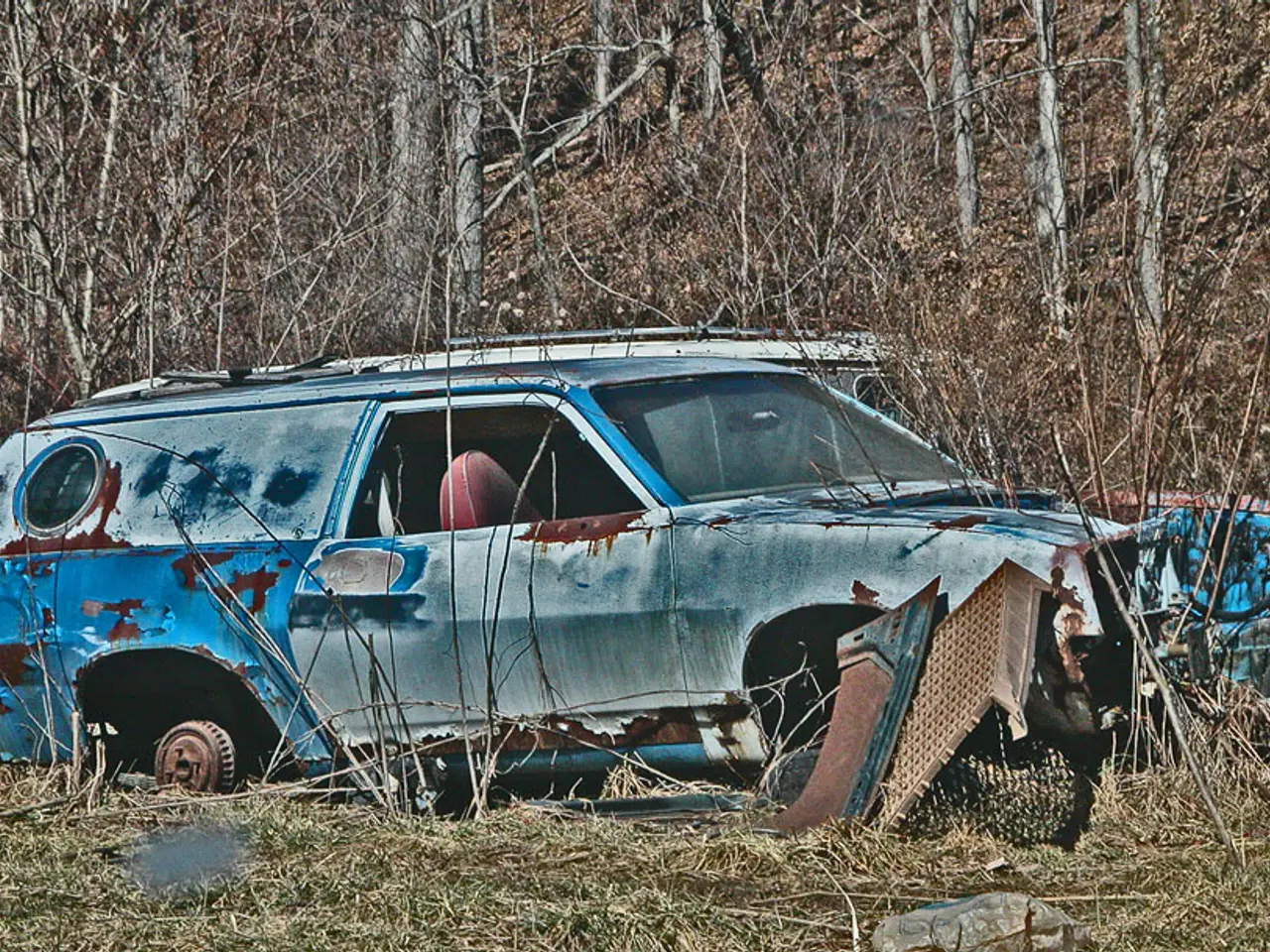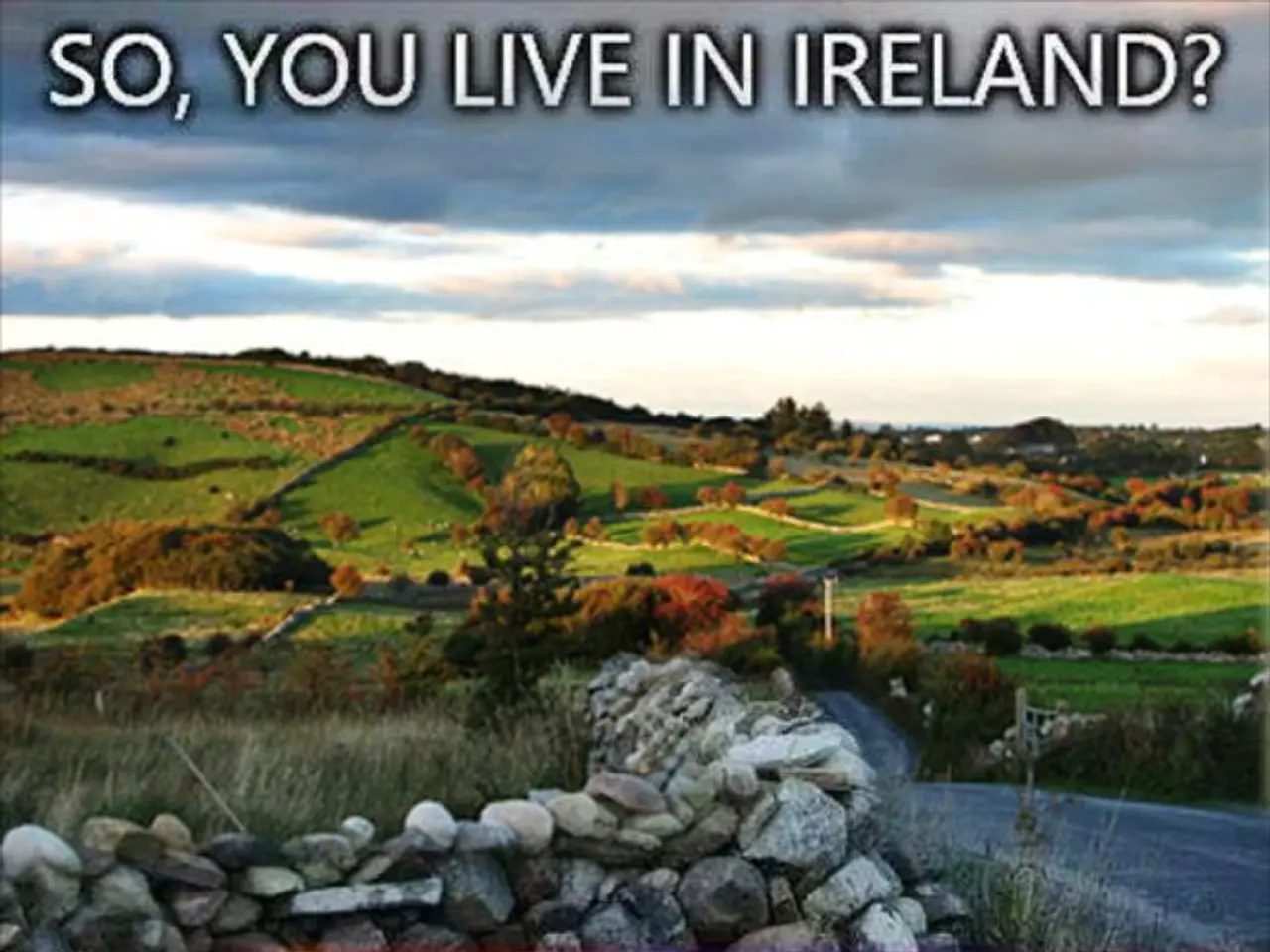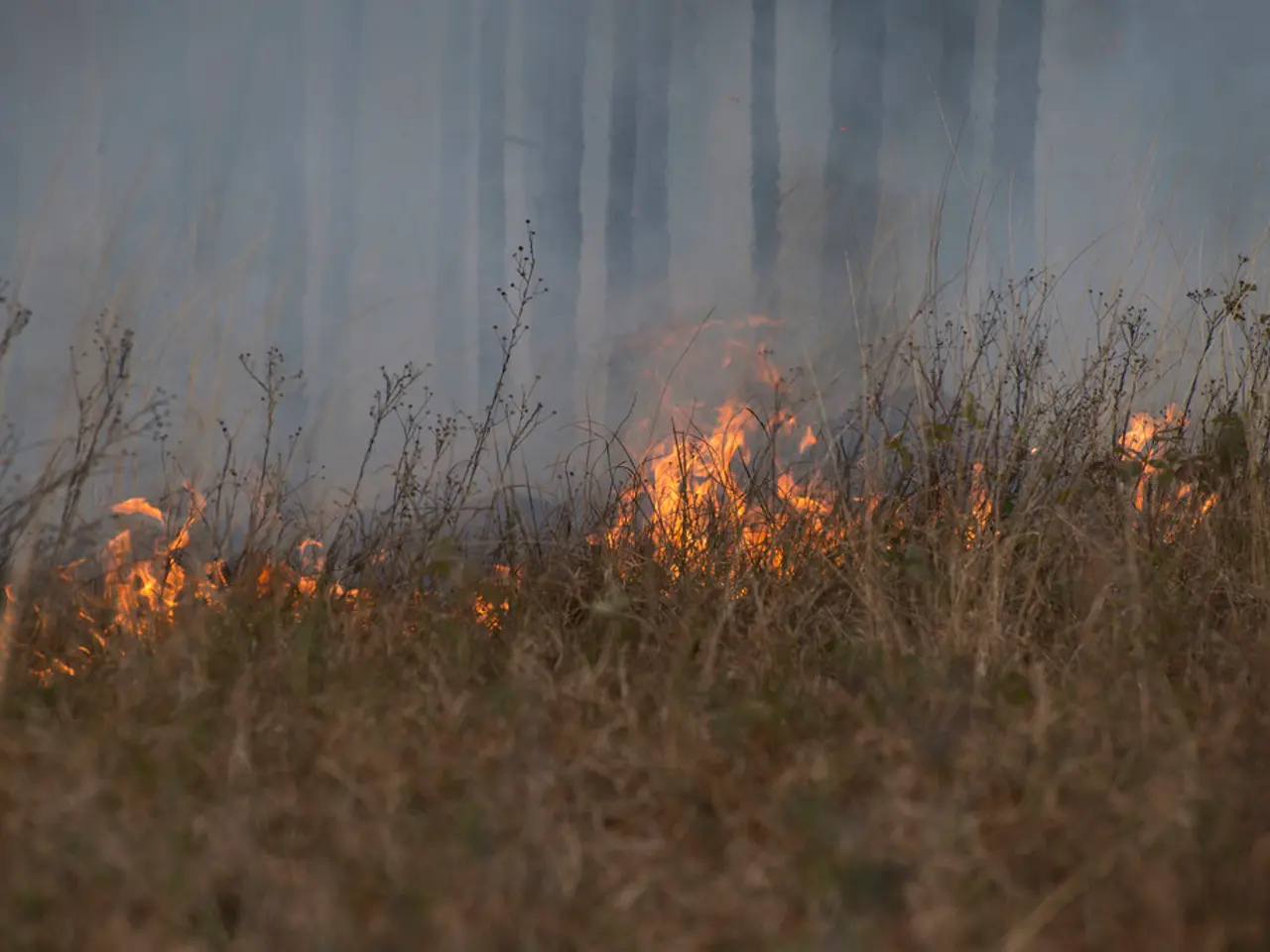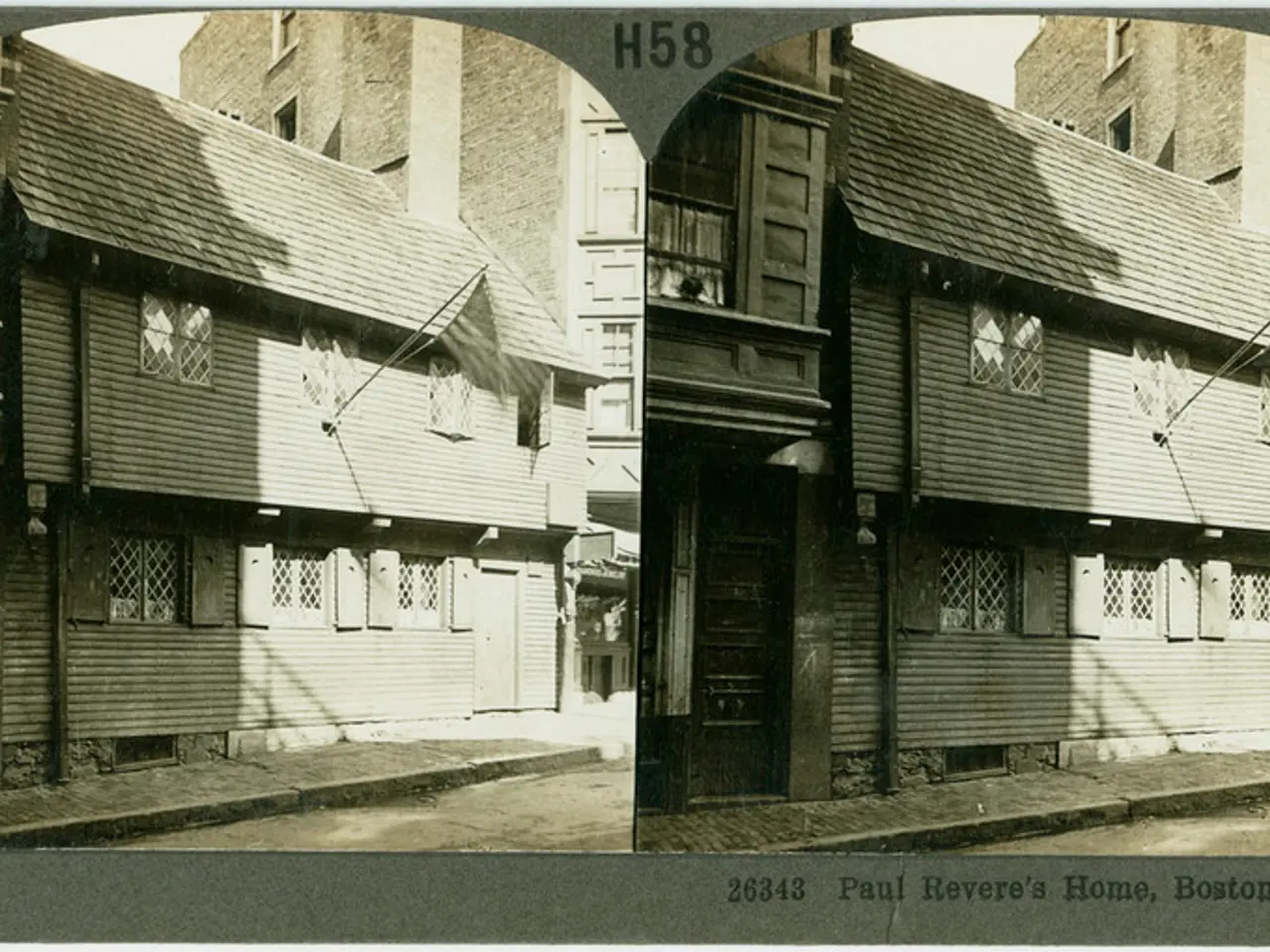Rapid increase in water levels observed in Kurzeme following Wednesday's downpour
Heavy Rain and Flooding Continue to Affect Latvia's Agriculture
Latvia is currently grappling with persistent heavy rainfall and rising water levels, causing significant damage to the agricultural sector. The government has declared a nationwide state of emergency in the agricultural sector until November 4, 2025, to address the losses caused by heavy rains, flooding, and spring frosts affecting large crop areas.
Over the past few weeks, rainfall levels have exceeded average precipitation by up to 150% across the country. This has resulted in high soil moisture levels, which have delayed or made impossible harvesting and sowing operations, further risking crop degradation and quality deterioration. The worst damage has been reported in oats, spring and winter wheat, peas, and perennial grasses.
The ongoing rainfall is expected to continue, particularly in the western and central parts of Latvia, with heavy rain and thunderstorms forecasted for the next few days. This continued rainfall is likely to sustain or even increase water levels, prolonging difficulties in agricultural recovery and harvesting activities.
In response to the crisis, the government has implemented financial relief measures such as eased tax obligations, loan repayment postponements, and allowing farmers to invoke force majeure to avoid contract penalties due to weather disruptions. Agricultural authorities have also called for EU emergency compensation to support Latvian farmers during this challenging period.
Despite the challenges, there have been some positive developments. The rain eased overnight on Thursday in Kurzeme, and no heavy precipitation is expected in the region over the next few days. Water temperatures at sea are mainly between 15-20 degrees Celsius.
However, the water level in the Venta tributary Ciecere near Pakuļi has risen by two metres, and a yellow high water alert has been issued throughout Latvia, to remain in effect until Monday, August 4. No earlier flood warnings have been issued for cities like Dobele and Saldus, but the water level in the Venta basin and its tributaries, including Ciecere near Pakuļi, has seen sharp rises.
Water temperatures in rivers and lakes are currently between 17-23 degrees Celsius. The rainfall in Saldus was 63% of the July norm on Wednesday, while in Dobele, it was 58%.
In conclusion, Latvia continues to face challenging weather conditions, with heavy rain and flooding impacting agriculture. The government's measures aim to mitigate the economic impacts, and farmers are urged to seek support from the EU to navigate this crisis. The state of emergency in the agricultural sector will remain in place until early November 2025.
- Despite some relief in Kurzeme region, the worst-affected area in western Latvia, the ongoing heavy rain and thunderstorms in Zemgale and other central regions are likely to worsen the agricultural crisis, as the prolonged rain is expected to sustain or increase water levels and prolong difficulties in agricultural recovery and harvesting activities.
- The current weather crisis in Latvia has highlighted the importance of environmental-science in agricultural practices, as the rising water levels and flooding are not only threatening Latvian crop production but also affecting the water quality in rivers and lakes, which could have long-term implications for the country's ecosystem and biodiversity.
